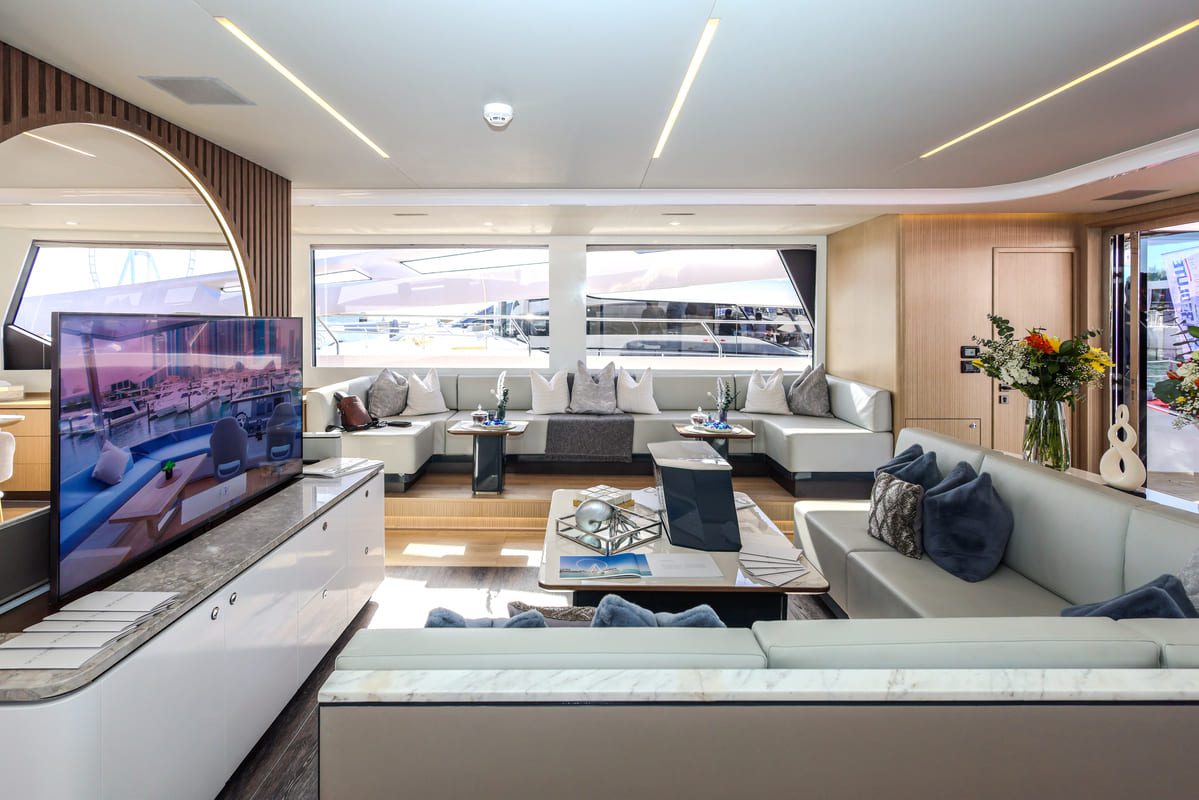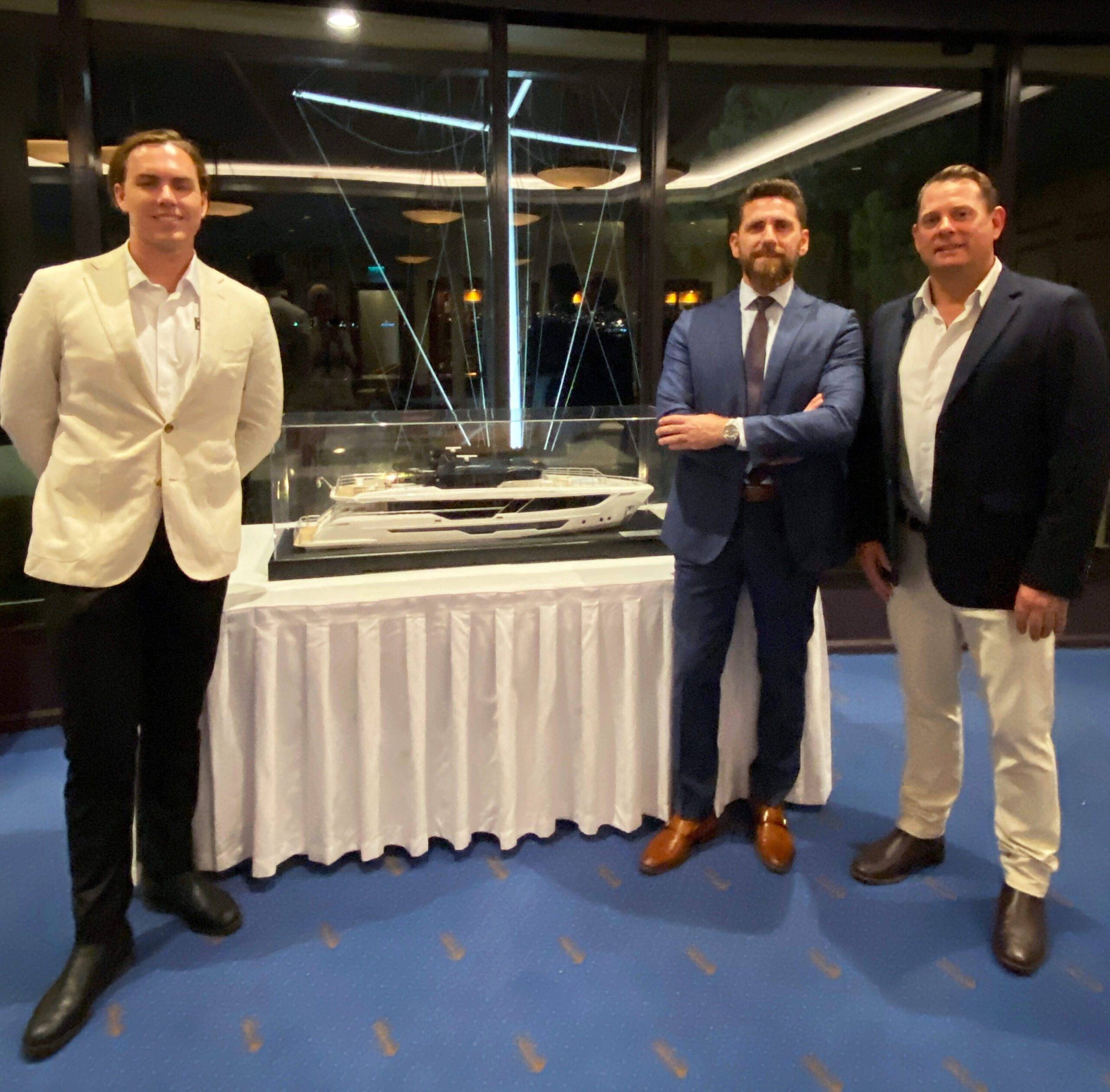The 2025 Dubai International Boat Show will serve as a prominent stage for exploring innovation in marine design. This year’s event offers a comprehensive look at the future of yacht interiors, focusing on sustainable materials, versatile spaces, and advanced technology. By gathering industry leaders and enthusiasts, DIBS highlights transformative trends shaping modern yacht interiors.
Shifting Towards Sustainable Materials
Eco-conscious materials are becoming a central theme in yacht design, with an emphasis on reducing environmental impact without compromising durability. Renewable options such as bamboo and cork are replacing traditional hardwoods in flooring and cabinetry. Additionally, recycled textiles are being used for upholstery, blending aesthetics with sustainability. Innovations in material engineering are enabling designers to create interiors that meet high performance and environmental standards. At DIBS, manufacturers and suppliers present cutting-edge materials that pave the way for a more sustainable future in marine design.
Designing For Functionality And Comfort
Space constraints aboard yachts demand innovative approaches to interior design. Designers are introducing modular layouts and multi-purpose furniture to maximise utility. Hidden storage compartments, foldable tables, and convertible seating are just some of the features redefining functionality onboard. Open-plan designs create a sense of spaciousness while maintaining practicality. These solutions demonstrate how functionality and comfort can coexist in even the most compact environments.
Integrating Technology Into Yacht Interiors
Advancements in technology are transforming yacht interiors into sophisticated living spaces. Smart systems for climate control, lighting, and entertainment provide a personalised experience for owners and guests. Energy-efficient solutions, such as LED lighting and advanced insulation, are also being integrated to enhance sustainability. Voice-activated controls and automation streamline operations, making onboard living more convenient and efficient. These technological innovations underscore their growing role in modern yacht design.
Blending Cultural Elements With Modern Design
Cultural elements play a significant role in defining the aesthetics of yacht interiors. Middle Eastern motifs, inspired by local architecture and craftsmanship, are evident in many designs. These influences are often combined with global trends, such as Scandinavian minimalism or Mediterranean textures, to create unique and culturally rich interiors. The diversity of styles reflects the global nature of the yachting community and its appreciation for cultural integration in design.
Expanding Sustainability Across Systems
Efforts to enhance sustainability in yacht design extend beyond material selection. Renewable energy sources, such as solar panels and hybrid propulsion systems, are becoming standard features. Waste management systems and water purification technologies are also improving ecological footprints. These advancements highlight the industry’s commitment to responsible yachting practices, ensuring that luxury does not come at the expense of the environment.
A Glimpse Into The Future
Yacht interiors today reflect a dynamic intersection of sustainability, adaptability, and technological innovation. These designs are driven by a collective effort to create spaces that are functional, environmentally responsible, and forward-thinking. The trends highlighted at events like the Dubai International Boat Show underscore the industry’s focus on pushing boundaries while meeting the evolving expectations of yacht owners and designers alike.
As the marine industry continues to innovate, the integration of sustainable practices, advanced technologies, and versatile layouts will define the future of yacht interiors. By bringing together thought leaders and cutting-edge concepts, platforms like this event not only showcase new ideas but also set the direction for the next generation of marine design. These insights illustrate how creativity and practicality can merge to redefine the onboard experience.
Get your tickets or register as a trade visitor now!













